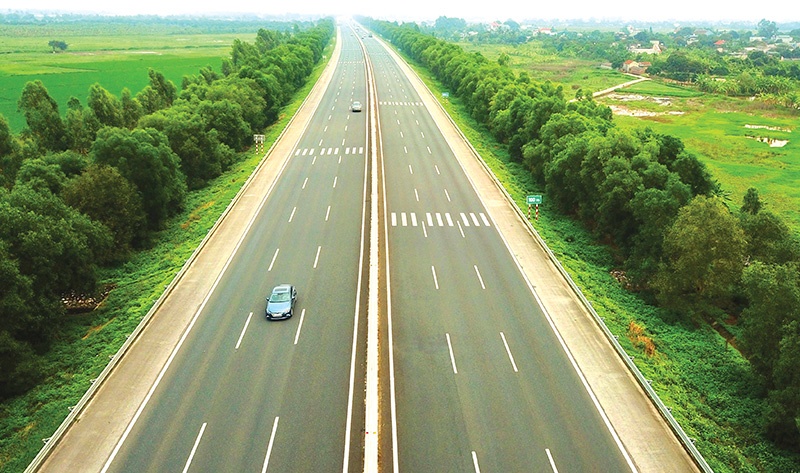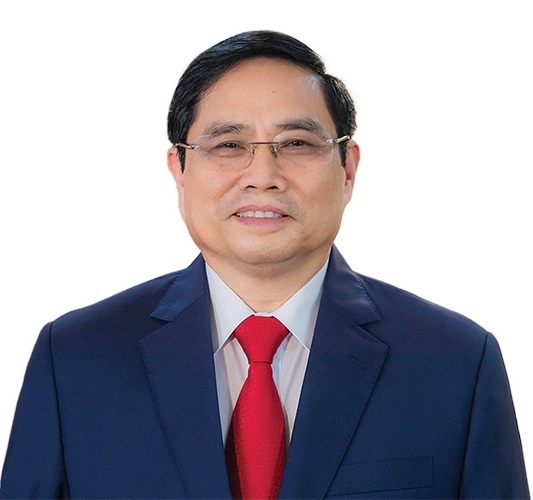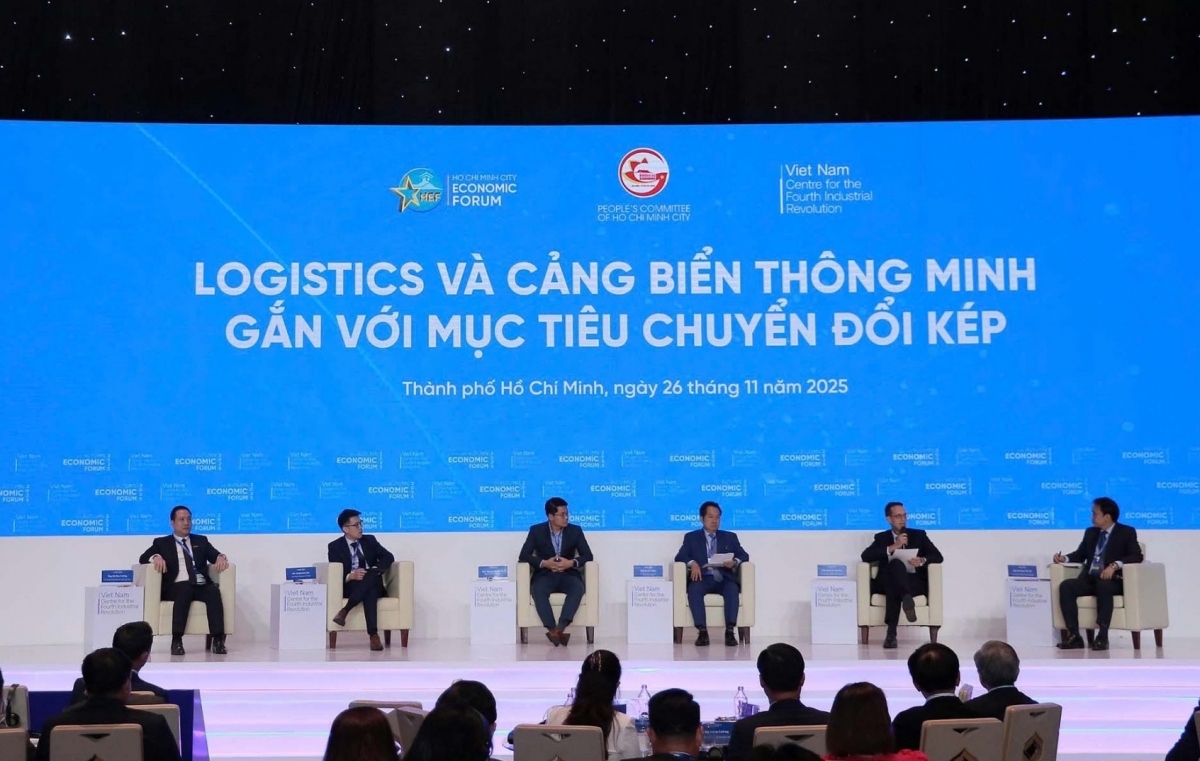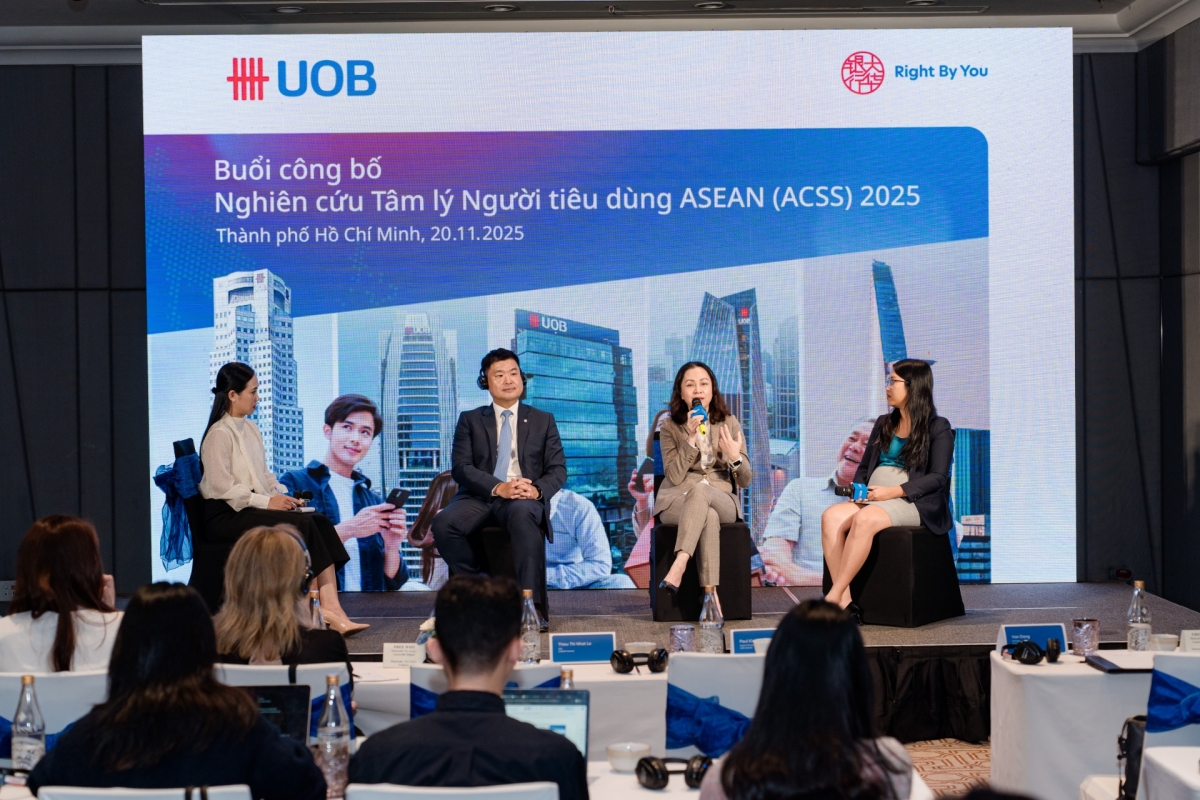INTERNATIONAL INVESTMENT
AND PORTAL
 Improving transport infrastructure is seen as one of the most important factors in propelling the country’s overall economic growth, Photo: Le Toan
Improving transport infrastructure is seen as one of the most important factors in propelling the country’s overall economic growth, Photo: Le Toan
In the national master plan in the 2021-2030 period, with the vision towards 2050 that the Ministry of Planning and Investment (MPI) is drafting, the two major economic corridors of the country will be based around the eastern and western parts of the North-South Expressway.
The eastern part consists of the National Route No.1A from the northern province of Lang Son to the southernmost province of Ca Mau as a part of the Nanning-Singapore Trans-Asian corridor, while the western side along with Ho Chi Minh Trail aims to exploit and develop difficult regions in the west of the country, along with ensuring national defence and security.
“These major economic corridors are located at a very important position, connecting various regions, and almost all growth poles of the country. They can affect and contribute significantly to the socioeconomic development of the country,” Minister of Planning and Investment Nguyen Chi Dung emphasised at last week’s national online conference on accelerating planning progress for the rest of the decade and beyond.
Minister Dung explained that the economic corridors should meet such requirements as having important traffic axis next to important trade hubs like seaports, airports, border gates; localities across the corridors having much room for the development of industries and services. “The economic corridors that can easily connect to the regional and international ones will be prioritised to develop and lure all resources,” said the minister.
“By 2030, priority should be given to the development of the eastern economic corridor and the coastal strip,” he asserted.
The eastern cluster of the North-South Expressway has long been known as one of the most important infrastructural projects in the country. It is over 2,000km long from Lang Son to Ca Mau, and nearly 500km has been put into operation so far. Around 830km of the remainder has access to investment. The Ministry of Transport has asked to complete approval of 12 component projects of the North-South Expressway before July.
On March 1, Prime Minister Pham Minh Chinh hosted an online meeting between the government and some localities on the pre-feasibility study reports on five national key transport projects.
These projects include the Belt Road No.4 of Hanoi, the Belt Road No.3 of Ho Chi Minh City, Chau Doc – Can Tho – Soc Trang Expressway, Khanh Hoa – Buon Ma Thuot Expressway, and Bien Hoa – Vung Tau Expressway. These projects are more than 500km in length.
“Infrastructure development, including transport, is one of the three breakthroughs determined by the Party and the state for boosting economic growth. The resolution of the 13th National Party Congress has set a target of completing the construction of 2,000km of expressway by 2025,” PM Chinh stated.
Vietnam has so far constructed more than 700km of expressways.
“These five new projects are very important to economic growth of many localities in particular and of the whole economy in general. To succeed in materialising the projects, greater efforts are needed with many more types of resources including investment capital and human resources, as well as how to implement the projects,” PM Chinh continued.
The investment capital is set to come from the central budget and localities’ coffers which are used as part of the country’s medium-term investment plan and programme on socioeconomic recovery and development recently adopted, and also come from other capital sources.
Minister Dung emphasised that, at present, while resources for development are low, it is necessary to prioritise and centralise all investment in a few regions with the most favourable conditions in terms of geographical location, infrastructure, human resources, and technical facilities available for the development of these territories to grow sharply, as a driving force to attract other regions developing together.
That is also similar to the planning experience and concepts of developed countries like South Korea. They identified the key tasks for every period instead of massive development as a whole. Specifically, the fourth National Comprehensive Territorial Plan (2000-2020) highlighted three coastal axes for international integration, and three eastern-western axes for balanced development on the mainland.
Previously, in the third plan for the 1992-1999 period, the country focused on resolving the shortage of housing and improving national competitiveness in the context of globalisation. In the 1980s, South Korea overcame the constraints of excessive population and economic concentration in the Seoul metropolitan area and growing regional disparity.
As a result, South Korea developed a multi-centre model of the national territory, built many growth bases across the country, as well as expanded the network of infrastructure to enhance the functions of regions and assist the less-developed ones.
Meanwhile, Malaysia carried out a National Physical Plan for the previous decade which covered the whole country, including three main development corridors and four sub-development corridors.
Indonesia’s Economic Master Plan for the 2011-2025 period is based on six economic corridors, which it is estimated will contribute over 80 per cent of the country’s GDP.
Based on the other countries’ experiences in planning and development, the national master plan of Vietnam is expected to contribute to the rapid development of infrastructure, targeting 5,000km expressway by 2030 and 9,000km by 2050.
Pham Minh Chinh-Prime Minister

It is necessary to raise awareness about the position, role, and importance of planning. The planning must be visionary, close to reality and feasible to exploit and promote distinct potentials, outstanding opportunities, and competitive advantages of various fields, regions, localities, as well as remove and neutralise limitations, weaknesses, contradictions, and difficulties. In order to develop well, we must have a good plan to carry out high-quality programmes and projects and lure potential investors.
The planning, which is an important political task for 2022, should be built with neither perfectionism nor haste, using a new approach, breakthrough thinking, and strategic vision. The planning must be long-term, stable, close to reality and towards rapid and sustainable development.
The plan should bring into full play the independence, self-reliance, and self-improvement of each field, region, locality, and the whole country, in combination with deepening integration, and utilising internal and external resources.
In implementation, it is necessary to choose good consulting contractors both at home and abroad, and listen to multi-dimensional opinions from experts and scientists in criticising and appraising the planning. Ministries, agencies, and localities need to set up working groups on this issue, along with timely leadership and direction.
We should study and consider a number of issues such as zoning to find new driving forces for the country and regions’ development. We need solutions for difficult areas to rise up, hunger eradication and poverty reduction, so that all people in all regions of the country benefit from development, based on not replacing social progress and justice, and the environment by pursuing economic growth.
Regional, sectoral, and national planning should be considered and put in association with regional and global development, choosing a position in global supply chains and value chains to promote the country’s advantages, opportunities, potentials, and improve the country’s global competitiveness.
The National Assembly has allowed plans to be made at the same time. They must ensure harmony and the process must be updated and adjusted to ensure consistency and synchronisation of content between the planning levels.



















